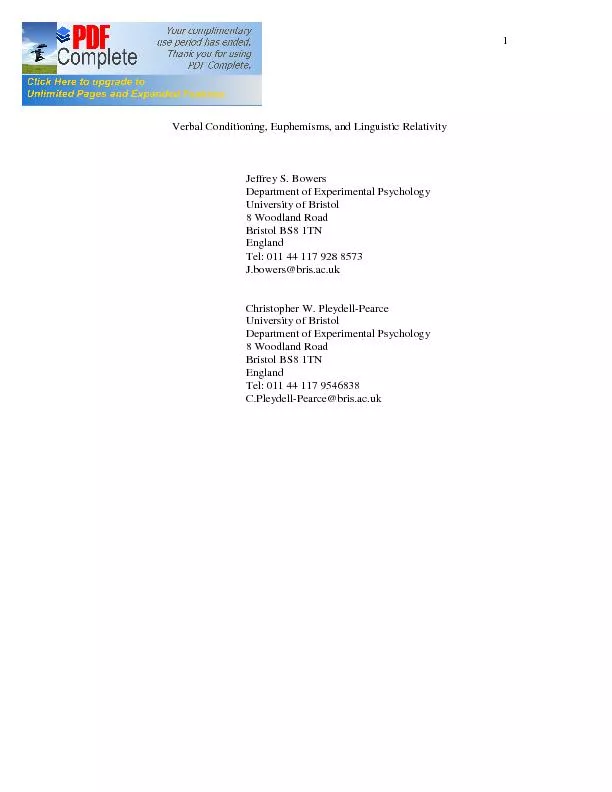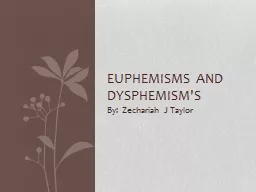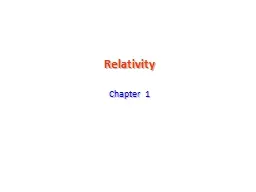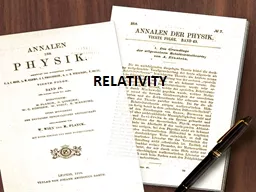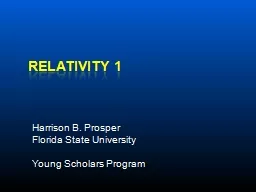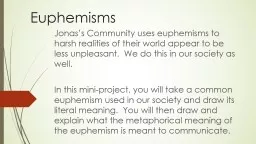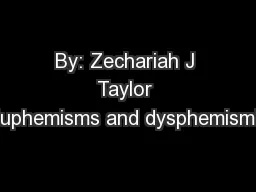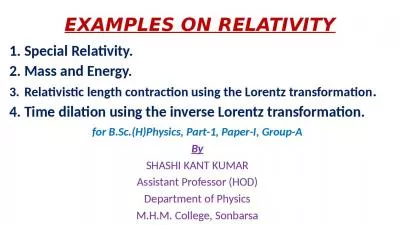PDF-Verbal Conditioning, Euphemisms, and Linguistic Relativity
Author : lois-ondreau | Published Date : 2016-03-22
1 Jeffrey S Bowers Department of Experimental Psychology University of Bristol 8 Woodland Road Bristol BS8 1TN England Tel 011 44 117 928 8573 Jbowersbris acuk Christopher
Presentation Embed Code
Download Presentation
Download Presentation The PPT/PDF document "Verbal Conditioning, Euphemisms, and Lin..." is the property of its rightful owner. Permission is granted to download and print the materials on this website for personal, non-commercial use only, and to display it on your personal computer provided you do not modify the materials and that you retain all copyright notices contained in the materials. By downloading content from our website, you accept the terms of this agreement.
Verbal Conditioning, Euphemisms, and Linguistic Relativity: Transcript
Download Rules Of Document
"Verbal Conditioning, Euphemisms, and Linguistic Relativity"The content belongs to its owner. You may download and print it for personal use, without modification, and keep all copyright notices. By downloading, you agree to these terms.
Related Documents

